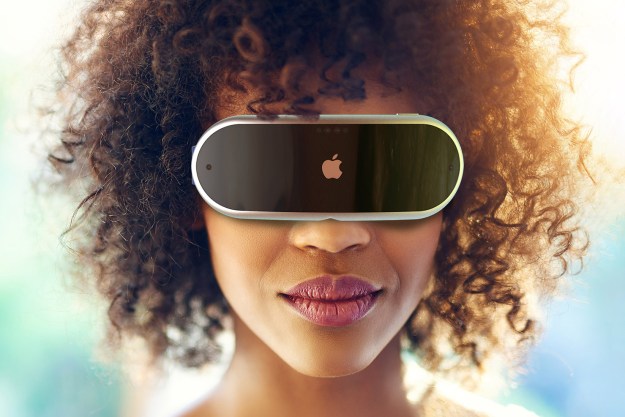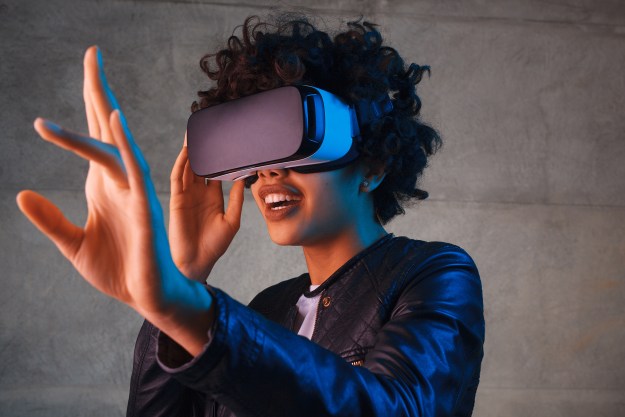“It uses a set of eight magnetic sensors, whose intrinsic properties make them suitable to detect the direction of an external magnetic field,” Canon Bermudez, one of the researchers on the project, told Digital Trends. “By combining them in a specific arrangement where two conditioning circuits are perpendicular to each other, the x and y component of the field can be discriminated and then input to a computer, which calculates the effective angle at which the external magnetic source is located.”
Bermudez gives several examples of how the technology could conceivably be used. One use might be a person waving their hand to adjust the volume of a song, or dim the intensity of a light or screen. It could additionally be used in virtual reality as an alternative to some of the bulkier controllers people currently employ to interact with the virtual world.
“It can also be very important in the prospective field of soft robotics, where having conventional rigid components is undesirable as they can break or constrain motion when the soft robots get curved or twisted,” Bermudez continued. “In the field of rehabilitation medicine, it could be used as a non-disturbing way for monitoring the rehab process of patients going through therapy or using prostheses. In both cases, you benefit from mechanical compliance which conventional approaches do not always provide.”
Right now, there are no plans to commercialize the e-skin, although research on the project is continuing. “Our current research concentrates on improving upon the concept by increasing the sensitivity,” Bermudez said. “Another add-on would be to add a feedback system which can provide stimuli to the user similar to what haptics aims to do.”
A paper describing the work was recently published in the journal Science Advances.
Editors' Recommendations
- HTC aims to turn your carpool into a VR roller coaster
- Solving VR’s ‘infinite walking’ problem with moon boots
- Apple’s new AR headset may use Face ID technology to track hand gestures
- The future of immersive VR? ‘Chemical haptics’ applied to your skin
- Pimax’s 12K QLED VR headset wants to take virtual reality to the next level


